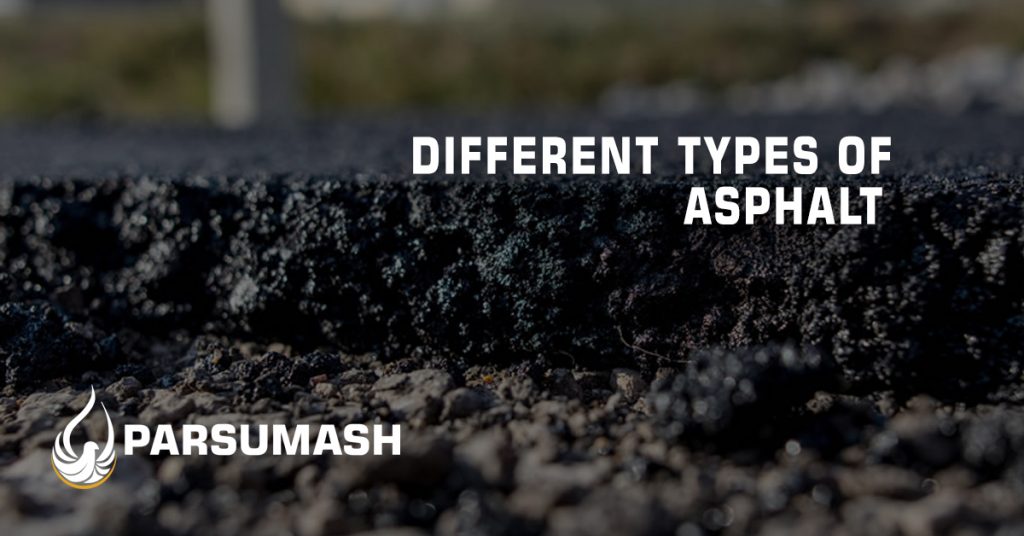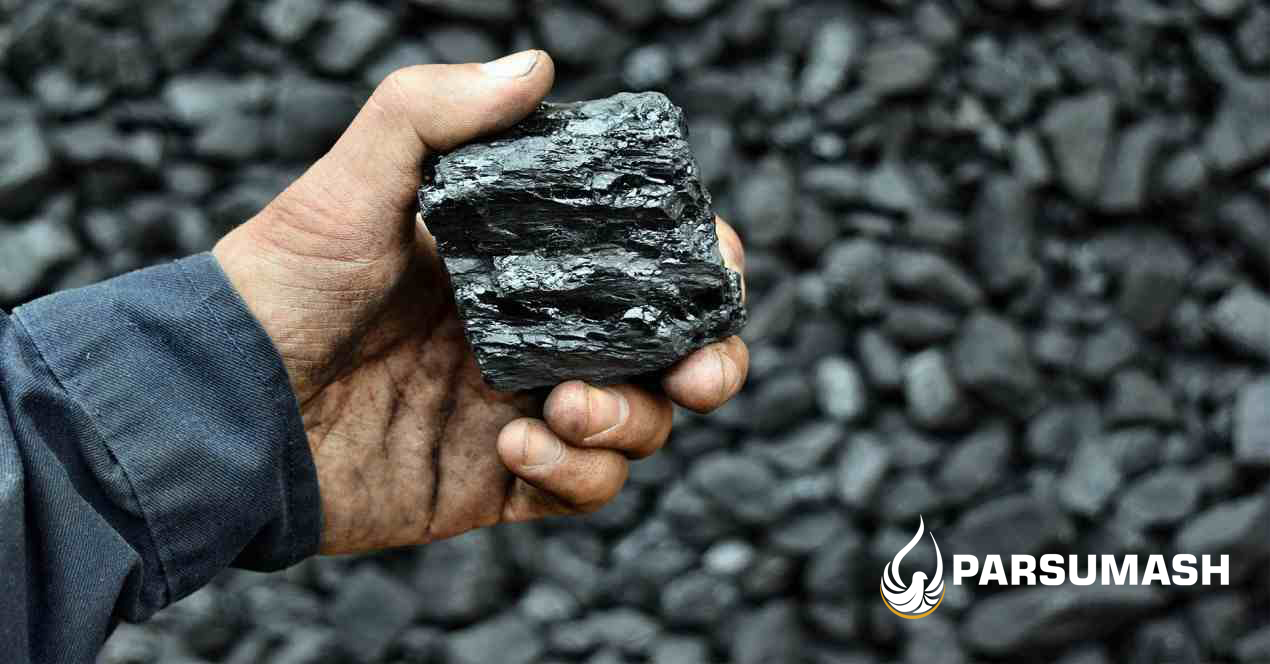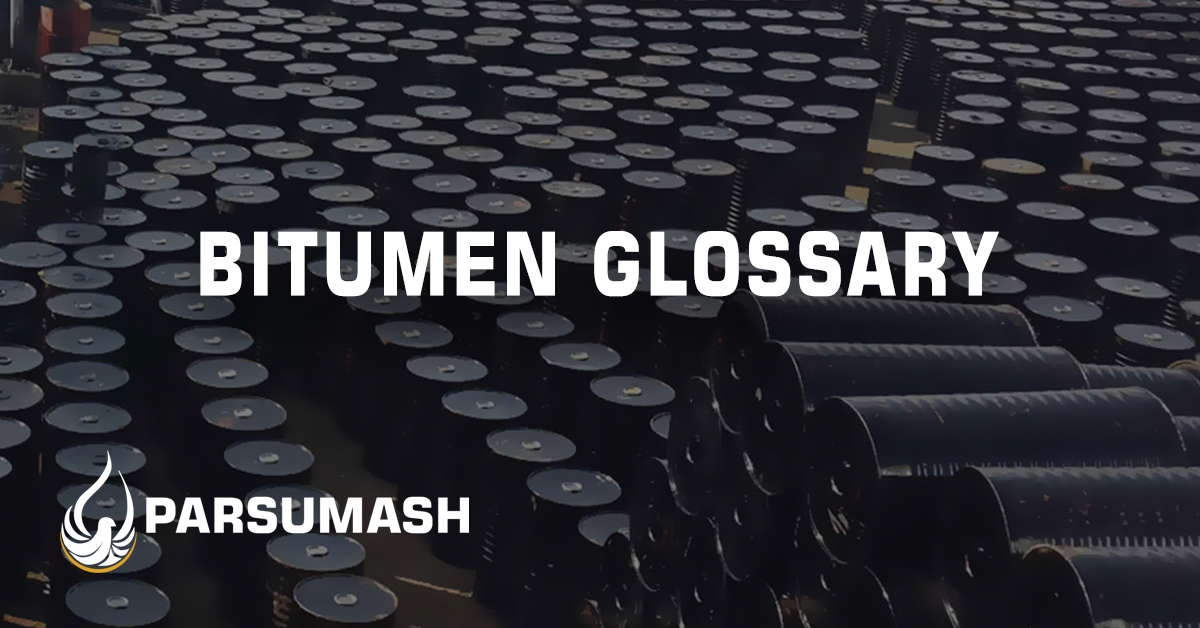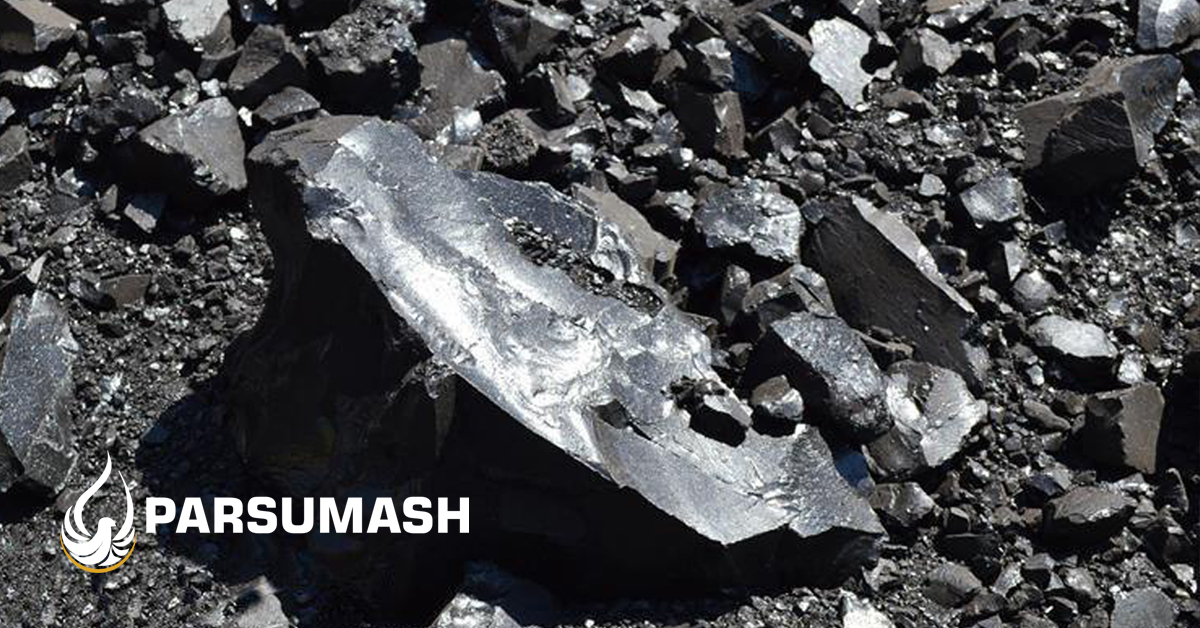
Asphalt Types
- Lake asphalt
This is the most extensively used and best-known form of ‘natural’ asphalt binder. It is found in well-defined surface deposits, the most important of which is located in Trinidad. It is generally believed that this deposit was discovered in 1595 by Sir Walter Raleigh.
There are several small deposits of asphalt on the island of Trinidad, but it is the lake in the southern part of the island that constitutes one of the largest deposits in the world. The lake occupies an area of approximately 35 ha, and is estimated to be some 90 m deep, containing well more than 10 million tons of material. The surface of the lake is such that it can support the weight of the crawler tractors and dumper trucks that transport excavated material from the surface of the lake to railway trucks that run along the edge of the lake.
Excavated material is refined by heating the material to 1608C, vaporizing the water. The molten material is passed through fine screens to remove the coarse, foreign and vegetable matter. This residue is usually termed Trinidad expire´ or refined TLA (‘Trinidad Lake asphalt’), and typically, has the following composition (in percentage by weight): binder 54%, mineral matter 36%, organic matter 10%. This e´pure´ is too hard to be used in asphalts but is sometimes used as an additive in mastic asphalt production.
- Rock asphalt
Natural or rock asphalt (i.e., bitumen-impregnated rock) has been used since the early seventeenth century. Its main uses were for waterproofing, caulking ships, and the protection of wood against rot and vermin. Today, rock asphalt enjoys only minimal use. Applications include waterproofing and mastic asphalts where ageing characteristics are particularly important.
Rock asphalt is extracted from mines or quarries, depending on the type of deposit. It occurs when bitumen, formed by the same concentration processes as occur during the refining of oil, becomes trapped in impervious rock formations.
Many deposits have been successfully mined, processed, and used in Europe (Italy, France and Switzerland) and in the USA (Utah, Kentucky).
- Buton asphalt
Buton asphalt (Asbuton) is a source of natural rock asphalt located in Indonesia. It has been used since 1926 (Kramer, 1989), and South Sulawesi province. The deposit of Asbuton is considered large, estimated at more than half a billion tones, and has been made available in varying forms.
Asbuton originates from crude oil in the depths of Earth layers in Buton Island that migrated upwards along deep-seated faults and deposited heavier residues in the upper beds after lighter fractions evaporated (Wallace, 1989). Asbuton consists of a mixture of natural asphalt and minerals, where the residues have fused and entered into the pores of the minerals. As a consequence, natural asphalt from Asbuton cannot effectively be used in asphalt mixtures (Affandi, 2012).
- Gilsonite
The state of Utah in the Midwest of the USA holds a sizeable deposit of natural asphalt. Discovered in vertical deposits in the 1860s, it was first exploited by Samuel H. Gilson in 1880 as a waterproofing agent for timber. The material is very hard and is sometimes blended with petroleum bitumen. It is sometimes used in bridge and roof waterproofing materials as a means of altering the stiffness of mastic asphalt.
- Tar
Tar is a generic word for the liquid obtained when natural organic materials such as coal or wood are carbonized or destructively distilled in the absence of air. It is customary to prefix the word ‘tar’ with the name of the material from which it is derived. Thus, the products of this initial carbonization process are referred to as crude coal tar, crude wood tar and so on. Two types of crude coal tar are produced as a by-product of the carbonizations of coal–coke oven tar and low temperature tar.
In the mid-1960s, over 2 million tons of crude coal tar were produced per annum, of which around half was manufactured as a by-product of the operation of carbonization ovens that were used to produce town gas. However, the introduction of North Sea gas in the late 1960s resulted in a rapid reduction of tar production from this source, and by 1975 it had disappeared completely.




